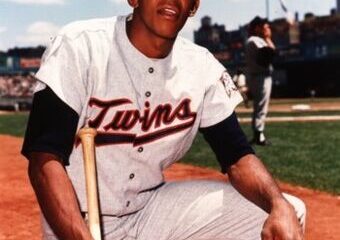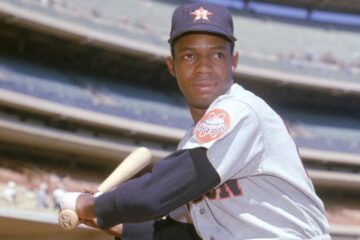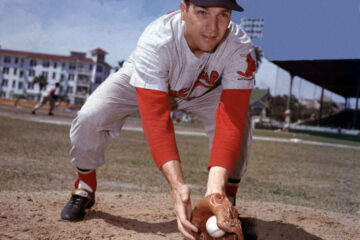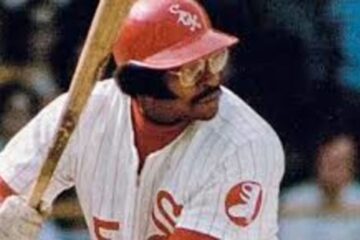The Hall of Fame Index: What about Minnie Minoso?
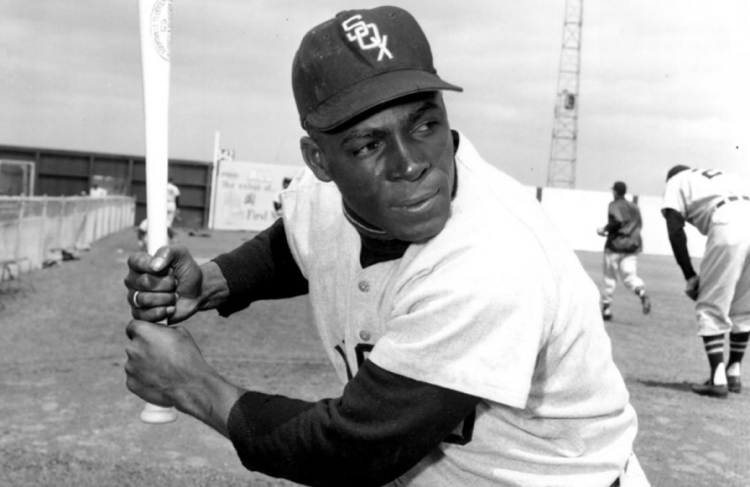
As we move into the outfield edition of our potential Veterans Committee candidates we move to a player that most people probably assumed was already in the Hall of Fame. Minnie Minoso certainly has credentials as a player and we will evaluate those credentials here, but his candidacy has so much more going for it. He was the first Cuban born player in MLB history and as a black Latin player among the first to break the color barrier.
Much like Ichiro Suzuki, he wasn’t first (Japan in Suzuki’s case) but he may have been the most significant Latin American import of the time. He helped pave the way for other Cubans and others from the Caribbean in general. That legacy is worth something and should have been enough to get him over the top. We will likely see him get added at some point, but it is more important today to look at the playing credentials he brings to the table. To do that, we will compare him with the two players above him and below him on the left field JAWS list.
Career Value
| BWAR | FWAR | WS/5 | Total | |
| Luis Gonzalez | 51.7 | 55.2 | 63.6 | 170.5 |
| Bob Johnson | 55.3 | 57.0 | 57.4 | 169.7 |
| Joe Kelley | 50.5 | 54.9 | 61.0 | 166.4 |
| Minnie Minoso | 50.2 | 50.8 | 56.6 | 157.6 |
| Ralph Kiner | 47.9 | 47.6 | 48.4 | 143.9 |
When you have two Hall of Famers in a group of five players you already see that someone has a good case to be made. The irony here is that the most famous of these players is the players with the lowest career value score. Kiner only played ten seasons, so his career value and peak value are the same. His career arc also helps illustrate the reasons why we include peak value as one of the major tests we use to judge Hall of Fame fitness.
Ironically, Johnson and Minoso are in the same boat. Minoso became a regular at 25 and arguably lost at least one or two seasons because of the color barrier. Give him those seasons on the front end and it would have been an entirely different story. Johnson didn’t debut until he was 27, so you could argue he lost three or four seasons because of the nature of the independent leagues at the time. Obviously, we can’t give players credit for seasons where they should have played, but we can keep that in the back of our minds when making our final judgments.
Peak Value
| BWAR | FWAR | WS/5 | Total | Index | |
| Minoso | 50.0 | 51.1 | 51.6 | 152.7 | 310.3 |
| Kelley | 45.4 | 48.7 | 48.2 | 142.3 | 308.7 |
| Johnson | 43.7 | 45.4 | 44.8 | 133.9 | 303.1 |
| Gonzalez | 37.6 | 41.8 | 42.0 | 121.4 | 291.5 |
| Kiner | 47.9 | 47.6 | 48.4 | 143.9 | 287.8 |
There are differences between JAWS and the index. The index uses a ten year peak in lieu of a seven year peak. Plus, it throws in FWAR and win shares. Those two elements added together conspire to create the slight difference we see between JAWS and the index. The point really isn’t about the exact rankings anyway. It’s about comparing players that are similar. If one or more belong in the Hall of Fame than the player in question likely does as well.
However, the fact that Minoso finishes on top of this group is significant. He has the highest peak value in the group and that explains a lot about his career and why he is such an intriguing Hall of Fame candidate. Like we said earlier, give him one or two more seasons on the front end and we could be talking about something else entirely. The same is true with Johnson if you give him an extra three seasons.
Offensive Numbers
| OPS+ | Rbaser | OW% | wOBA | |
| Kiner | 149 | -5 | .728 | .427 |
| Johnson | 139 | -2 | .682 | .411 |
| Kelley | 133 | 1 | .699 | .405 |
| Minoso | 130 | 11 | .651 | .382 |
| Gonzalez | 119 | -18 | .613 | .364 |
Gonzalez is on this list based on some surprisingly good career counting numbers and a brilliant run for a few years at the turn of the century. He is more compelling with a seven year peak. He’d be even more compelling if you used a three or five year peak. Otherwise, he just didn’t sustain his high level of performance long enough to make a difference in terms of Hall of Fame talk. The rest of them have compelling cases based on their offensive numbers.
Minoso played in a time that didn’t see huge numbers. His career was longer than Kiner’s, but Kiner put up sparkling numbers at a similar time. Minoso’s strength was that he didn’t have any major weaknesses. He hit for good power, showed he could get on base, and ran the bases well. As we will see, he was also a quality defender.
Fielding Numbers
| Rfield | DWAR | TZOF | DWS/5 | |
| Gonzalez | 91 | -0.7 | 98 | 10.7 |
| Minoso | 30 | -5.3 | 31 | 8.3 |
| Kelley | 18 | -7.4 | 20 | 10.4 |
| Johnson | 18 | -5.8 | 22 | 7.3 |
| Kiner | -40 | -10.7 | -36 | 5.5 |
So, he wasn’t the best fielder just like he wasn’t the best hitter. Often what makes players valuable is not whether they excel at any particular skill, but whether they are proficient in all of them. The difference between Minoso and even Kiner is not but a little more than five runs a season. That’s a little more than half a win annually, but a little here and a little there adds up.
Some day, I’ll get the opportunity to extoll the virtues of Indian Bob Johnson. He is very similar to Minoso in the sense that he was robbed of a few seasons and he was good at nearly everything. However, his era is not up for election, so we will continue to focus our attention on Minoso. As you might suspect, the combination of fielding and hitting probably made him a more compelling MVP candidate than the voters gave him credit for. However, we will start with their performance in the playoffs.
Playoff Numbers
| PA | SLASH | HR | Runs | RBI | |
| Gonzalez | 102 | .253/.363/.425 | 4 | 12 | 12 |
| Johnson | — | —/—/— | — | — | — |
| Kiner | — | —/—/— | — | — | — |
| Kelley | — | —/—/— | — | — | — |
| Minoso | — | —/—/— | — | — | — |
How much is a moment worth? Gonzalez had the game winning hit in Game 7 of the World Series in 2001. That is the Dbacks only title. Does that significantly boost his candidacy? Well, we know he has been mentioned as a part of the steroid scandal, so that might erase any good will he could have gotten from being a hero in the World Series. The rest of these guys didn’t get the opportunity. Kiner and Johnson played on doormats and Kelley largely played before there was an established World Series.
Minoso played on good teams, but you had to be a great team to win the pennant in those days. His issue was one of luck. He was a White Sox when the Indians advanced to the World Series and an Indian when the White Sox advanced to the World Series. It was probably just bad timing, but some people think he must have not been a winning player.
BWAR MVP Points
| Top 10 | Top 5 | MVP | Points | |
| Minoso | 3 | 3 | 1 | 34 |
| Kiner | 1 | 3 | 1 | 28 |
| Kelley | 1 | 3 | 0 | 18 |
| Johnson | 2 | 2 | 0 | 16 |
| Gonzalez | 1 | 1 | 0 | 8 |
It’s naturally assumed that Kiner was a more valuable player than Minoso because of all the home runs and RBI. Minoso was a better all-around player. It wasn’t by much, but it is enough to make a difference. Yet, Kiner is the one in the Hall of Fame. This might be an area where Johnson falters, but he also played on some historically awful teams. WAR tends to be an individual statistic, but team success does play a part in run expectancies. It certainly plays a role in win shares. If your team wins only 50 or 60 games then there just isn’t going to be as many wins for you to claim.
Gonzalez’ number seems shocking considering the 57 home runs he hit for the World Series champion Diamondback. Still, it probably is an understanding of the nature of those numbers at the time. He finished third in the MVP voting that season. It would be his only finish in the top ten and one of only three seasons where he got votes. The chart above indicates that he deserved better (largely because of his defense), but not much better. All that being said, the evidence is pretty clear that Minoso has gotten a raw deal even if you don’t include his case as a pioneer.


